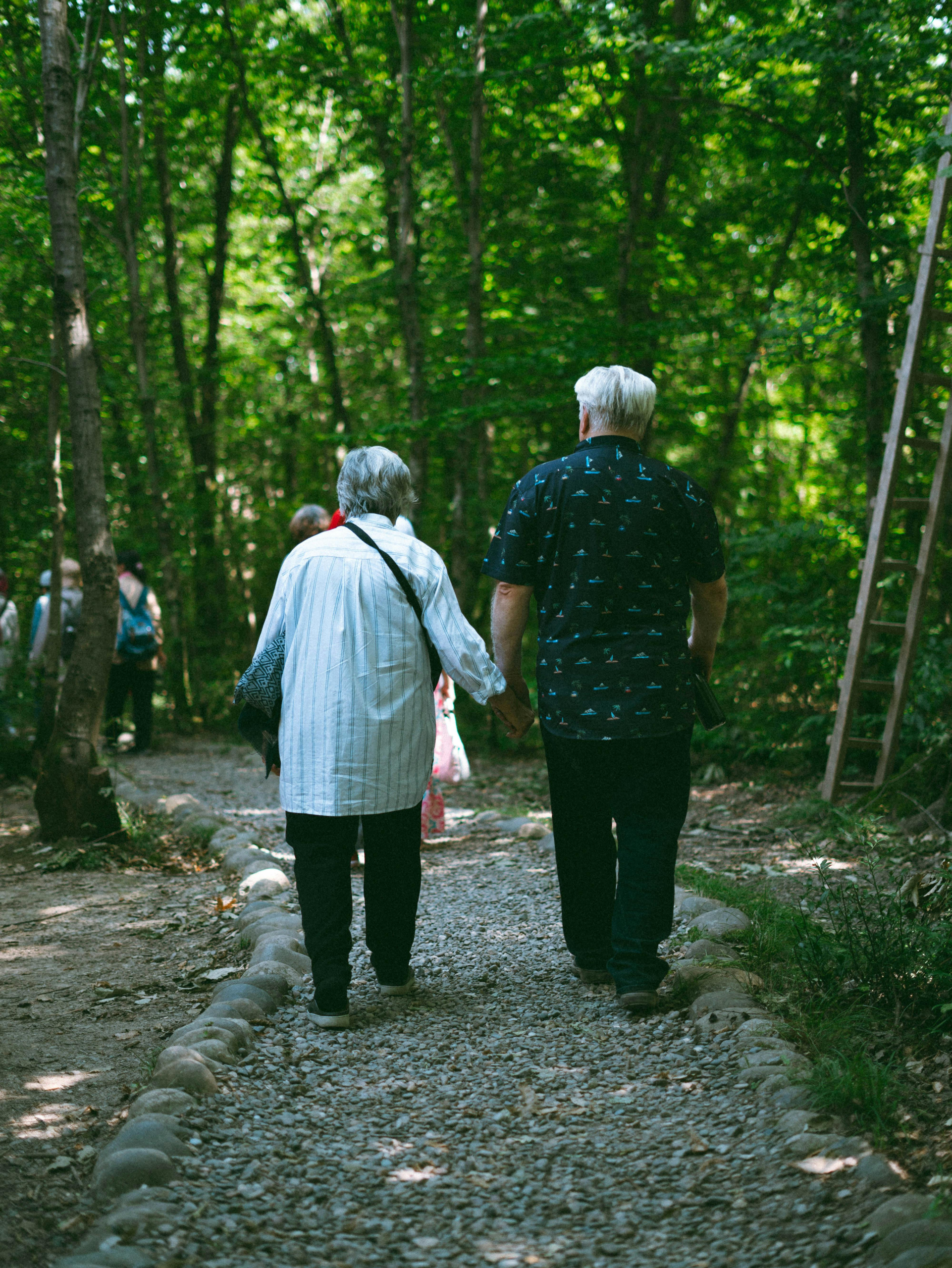By P Mutuma
Love is arguably the most profound and complex emotion experienced by human beings. It transcends mere attraction or infatuation, growing into a layered, dynamic force capable of transforming individuals and relationships alike.
To understand this intricate journey, many philosophies, psychologists, and poets have proposed models detailing the stages love poften passes through. Among these, one influential framework identifies
six key stages of love, each representing a different facet of emotional development and connection.
- The Infatuation Stage: The Spark of Attraction
The journey of love often begins with an instant spark—an intense attraction that can feel almost magnetic. This initial stage is characterized by infatuationor passionate love. It’s driven by physical attraction, chemistry, and novelty. At this point, individuals often idealize each other, focusing on perfect qualities while overlooking flaws. This stage is exhilarating but fleeting; its intensity fuels desire but lacks depth and understanding.
Psychologically, infatuation triggers the release of dopamine and adrenaline, creating feelings of euphoria, obsessive thoughts, and heightened energy. It’s a vital stage because it ignites interest and sets the foundation for further emotional exploration, but it can also be misleading, as the novelty may mask compatibility issues.

- The Reality Check: Confronting Flaws and Differences
After the initial whirlwind of infatuation, reality begins to seep in. This is the crucial second stage—where individuals start to see each other’s true selves, flaws, and imperfections. Dubbed the “Reality Check,” this phase can cause doubts and insecurities if expectations aren’t managed well. It’s natural and necessary for the growth of a healthy relationship.
During this phase, emotional bonds deepen as partners share vulnerabilities, face conflicts, and learn to accept imperfections. The exciting illusion of perfection fades, making way for genuine understanding and empathy. This stage tests whether love can withstand the reality of daily life—differences in habits, values, or life goals.

- Commitment and Deepening Connection: Building Trust
If both partners navigate the reality check successfully, they move into a stage characterized by commitment. This phase involves effort, intentionality, and building trust. Emotional intimacy deepens, and love becomes more stable as the relationship shifts from infatuation to companionship.
Here, couples often establish shared routines, develop communication skills, and create a sense of security. Mutual respect and trust are cultivated, and a sense of “us” begins to emerge. This stage signifies a transition from superficial attraction to genuine partnership—where love is no longer solely about feelings but about choices and dedication.

- The Growth Stage: Navigating Challenges and Growth
Love, like any living thing, must grow and adapt. The fourth stage involves nurturing the relationship, especially during challenging times. Life changes—career shifts, health issues, family dynamics—test the resilience of love.
In this stage, partners learn to support each other’s growth, embracing change and adversity. Vulnerability, patience, and compromise become vital. Couples who master this phase often develop a sense of interdependence, where their love becomes a source of strength for both individuals.
This phase also involves rediscovering each other, rekindling passion, and fostering emotional renewal. It’s a period of effort and commitment that ensures love remains vibrant and meaningful over time.

- Interdependence and Mutual Fulfillment
As love matures, it often transitions into a stage where partners derive joy from mutual support and fulfillment. This is a phase of
interdependence—each person maintains individuality while being deeply connected.
In this stage, love extends beyond personal happiness, embracing shared goals, dreams, and purpose. It’s characterized by a sense of balance—each partner gives and receives, providing emotional security and companionship. This deeper form of love often involves companionship, intimacy, trust, and a shared sense of identity.
This stage embodies the idea that love is not just about “me” or “you” but about “us”—building a life together while honoring individual growth. It’s often seen in long-term relationships that have weathered various storms and remain resilient.

- The Transcendent Love: Unconditional and Eternal
The final stage of love, sometimes called transcendent or unconditional love, represents a love that has evolved beyond the ego, desire, and superficiality. It is characterized by a sense of spiritual fulfillment, acceptance, and transcendence of personal limitations.
In this phase, love becomes unconditional—accepting the other completely, flaws and all, without expectation or attachment. It often aligns with spiritual or philosophical concepts of divine love—selfless, expansive, and eternal. Here, love is no longer just about two individuals but about a universal connection that uplifts and enlightens.
This stage may be perceived in lifelong partnerships, spiritual connections, or even in moments of profound compassion and altruism. It embodies the idea that love, ultimately, is a path to transcendence—lifting us beyond our ego-driven selves toward unity with all existence.
Conclusion
The six stages of love—beginning with infatuation and culminating in transcendent acceptance—highlight the profound journey human relationships often undertake. Each stage builds upon the previous, requiring effort, awareness, and emotional maturity. Love is not a static state but a dynamic process—one that grows, deepens, and transforms individuals over time.
Understanding these stages can help us navigate romantic relationships with greater patience and insight, recognizing that every phase offers valuable lessons. Love’s true essence lies in its capacity to evolve from fleeting passion to enduring, unconditional connection—an ongoing journey of growth, acceptance, and transcendence.




